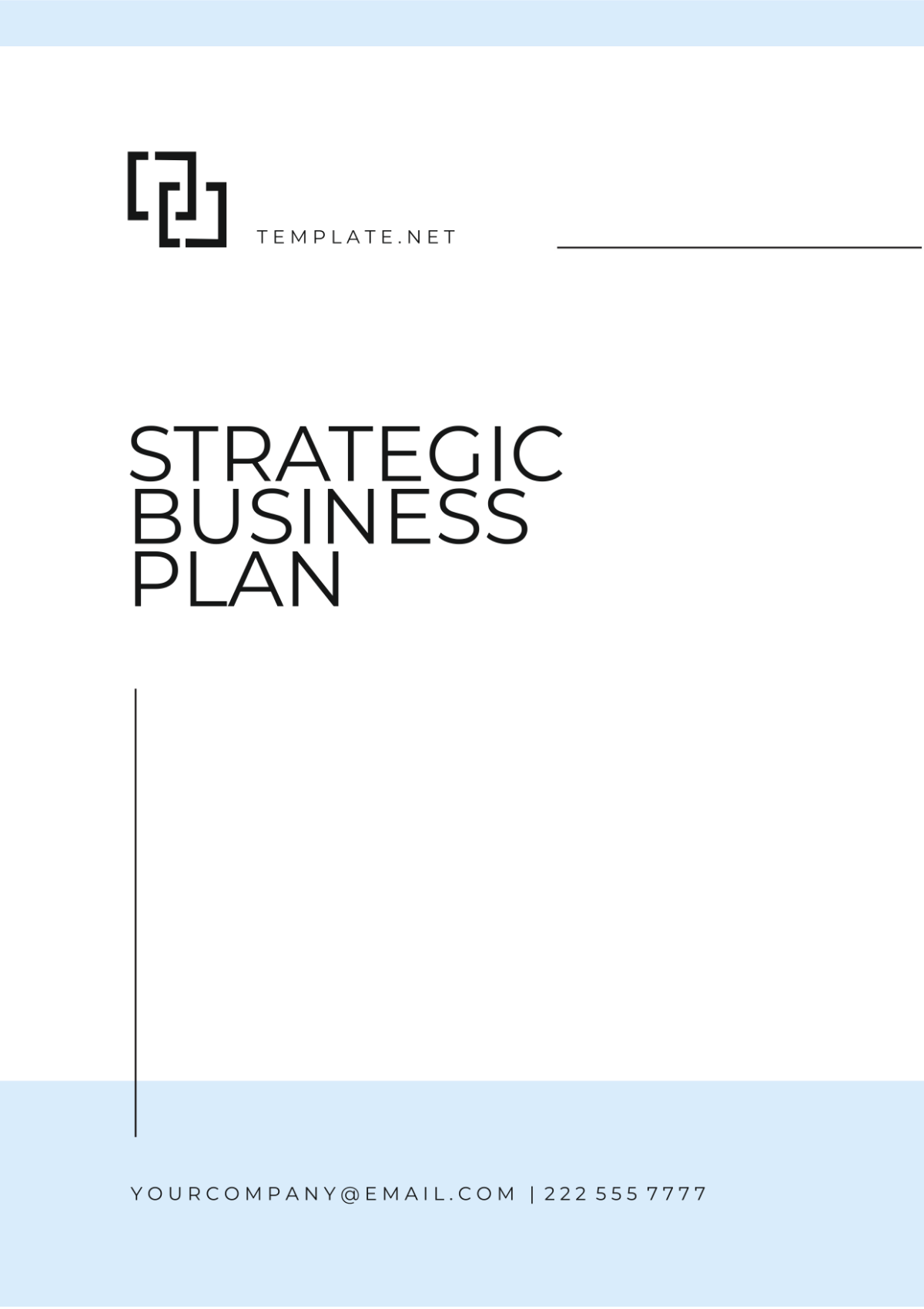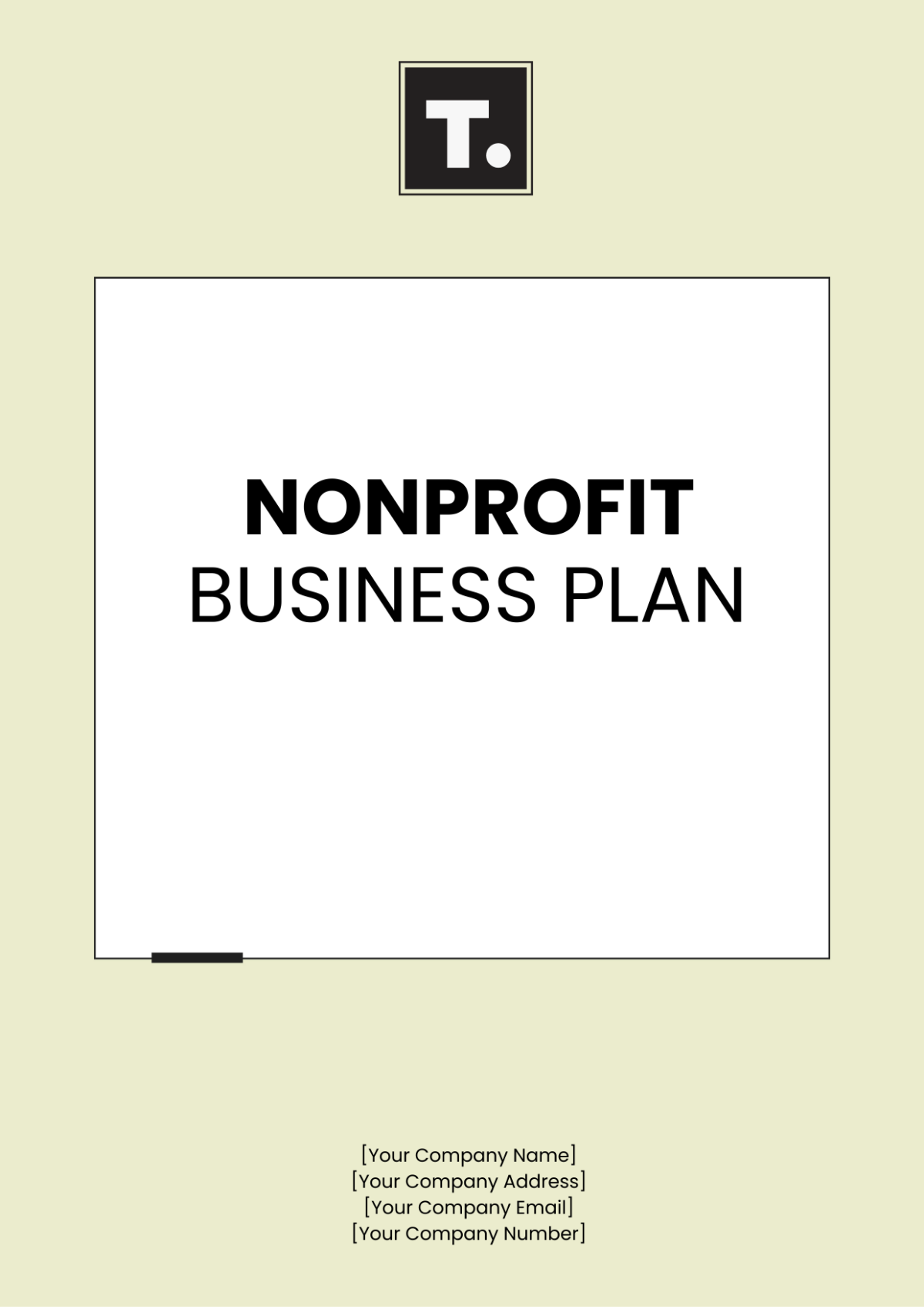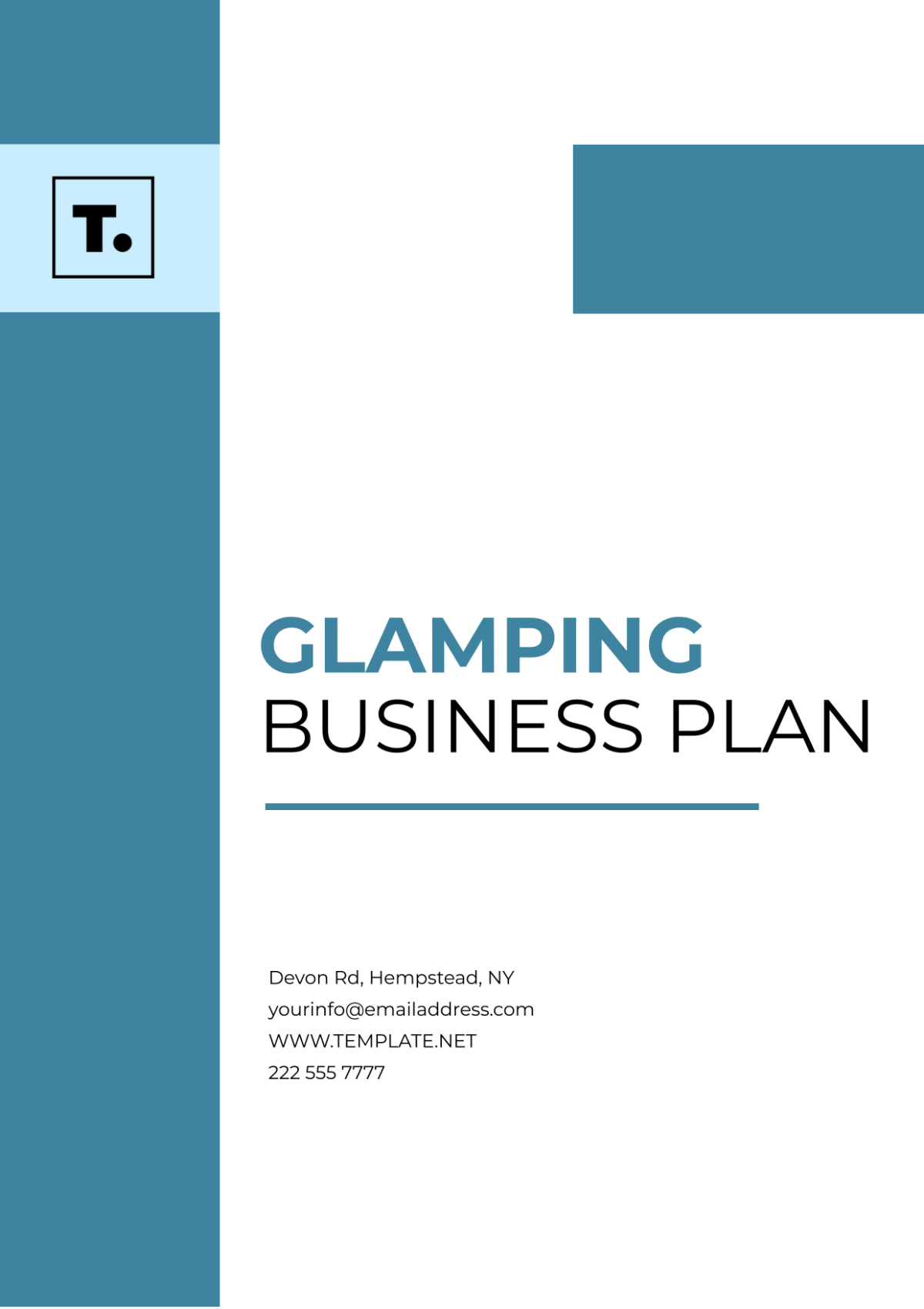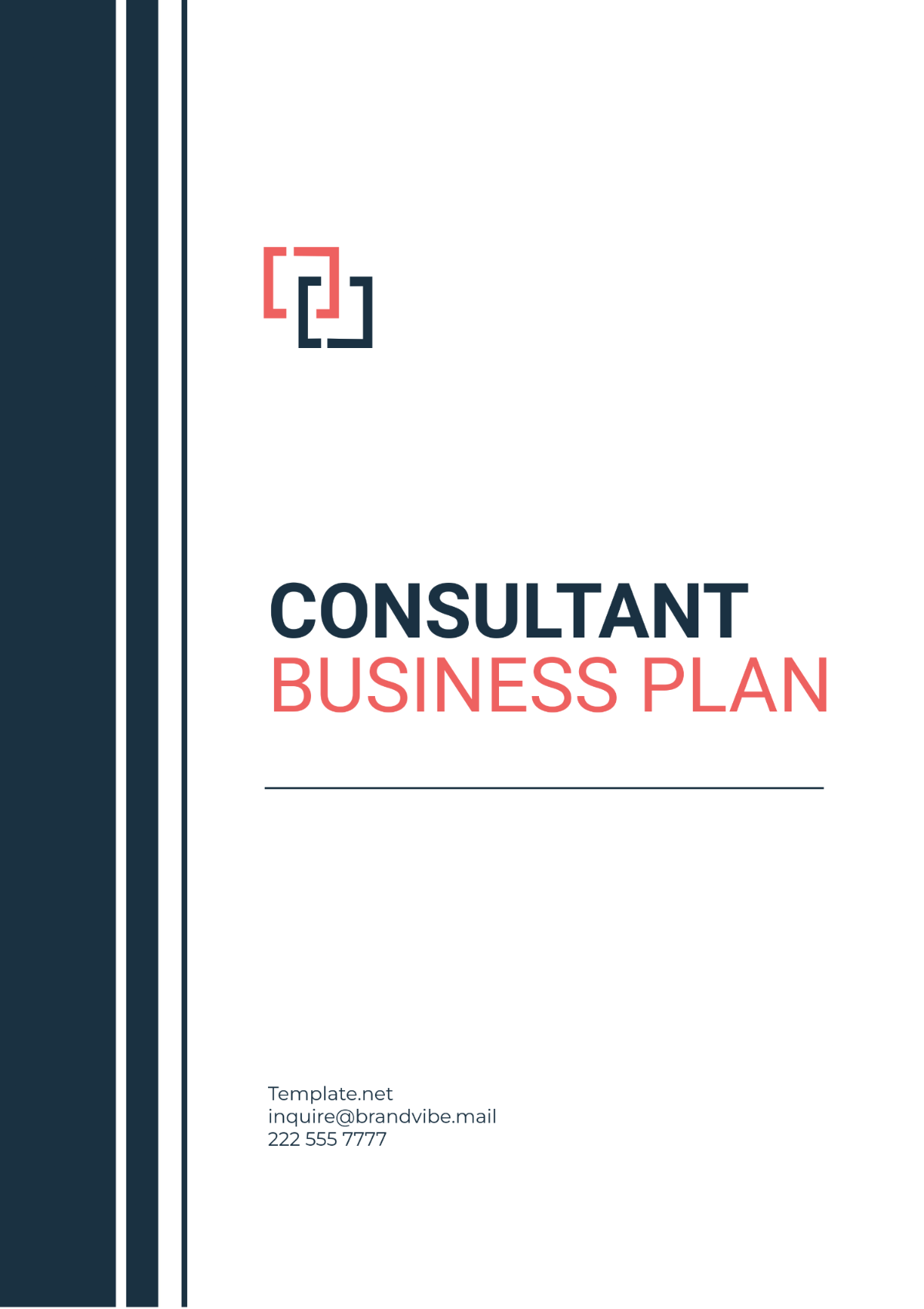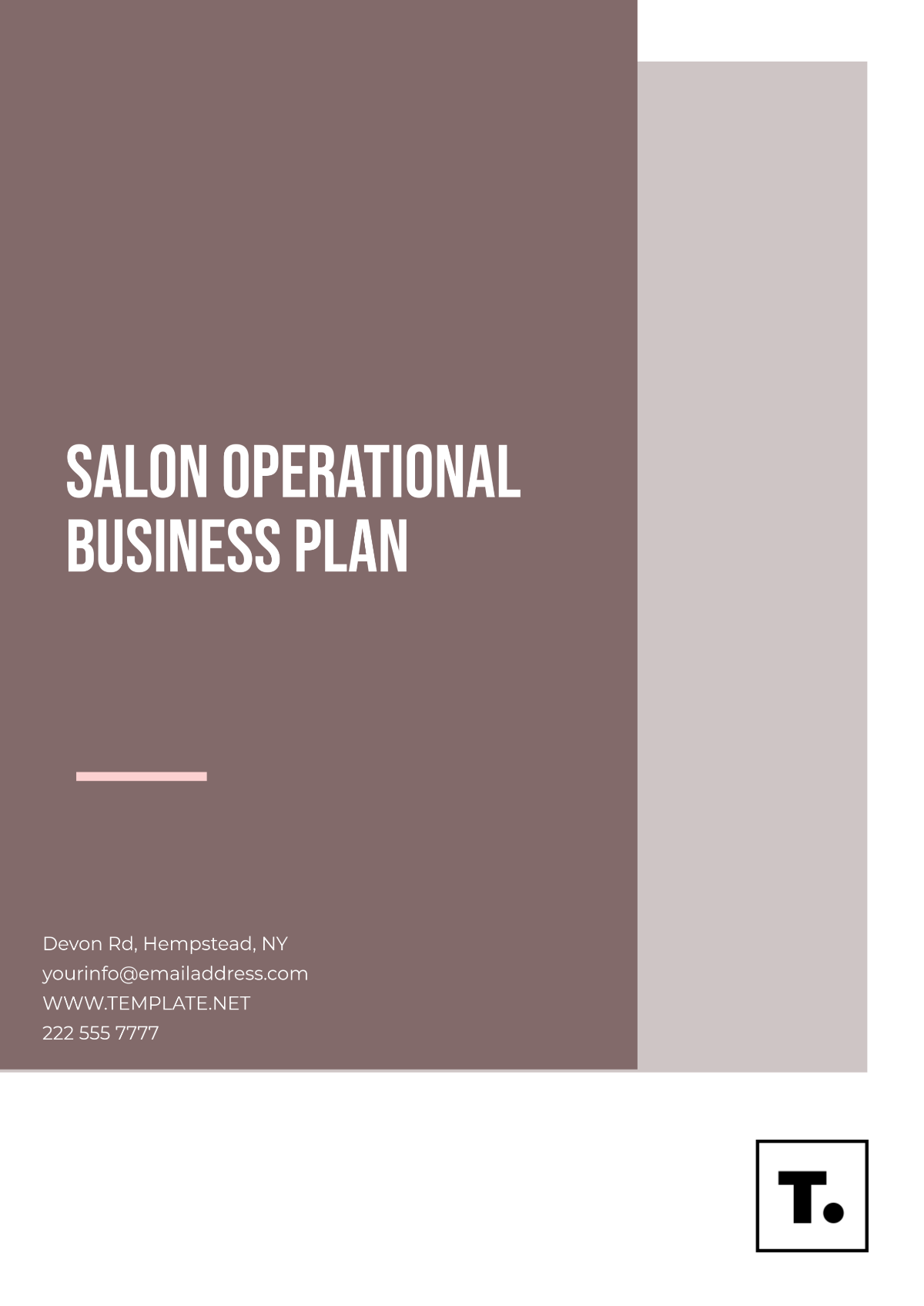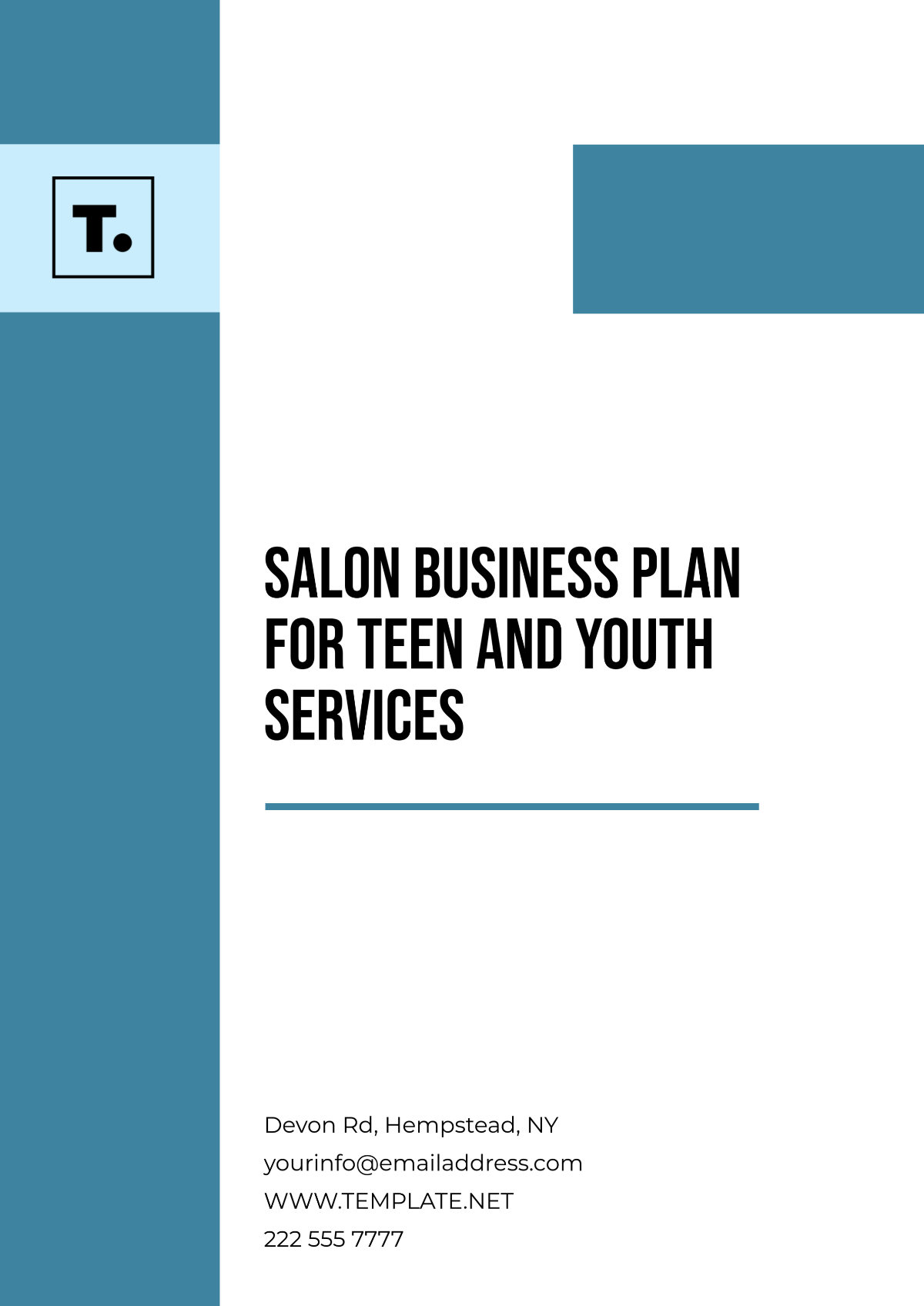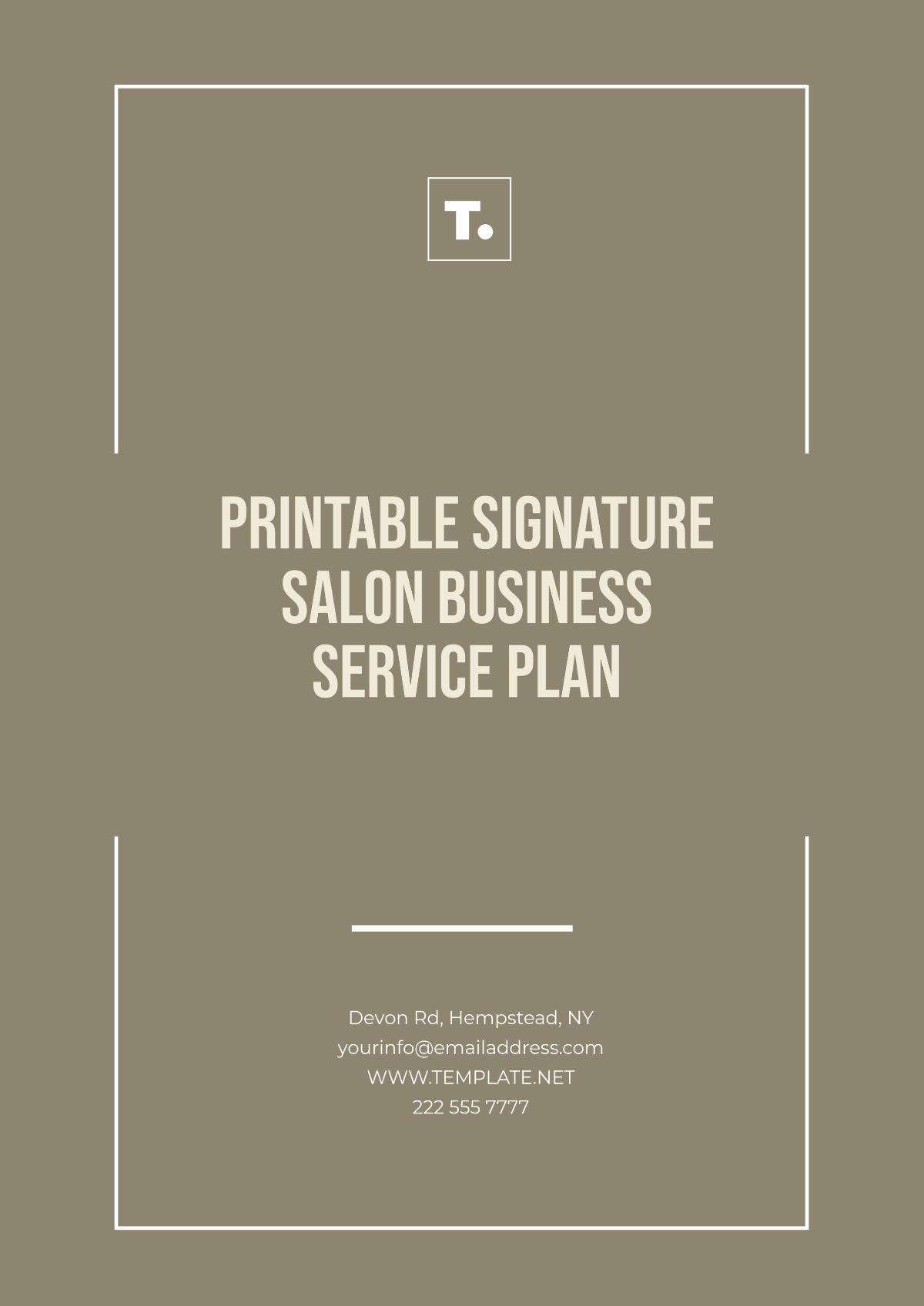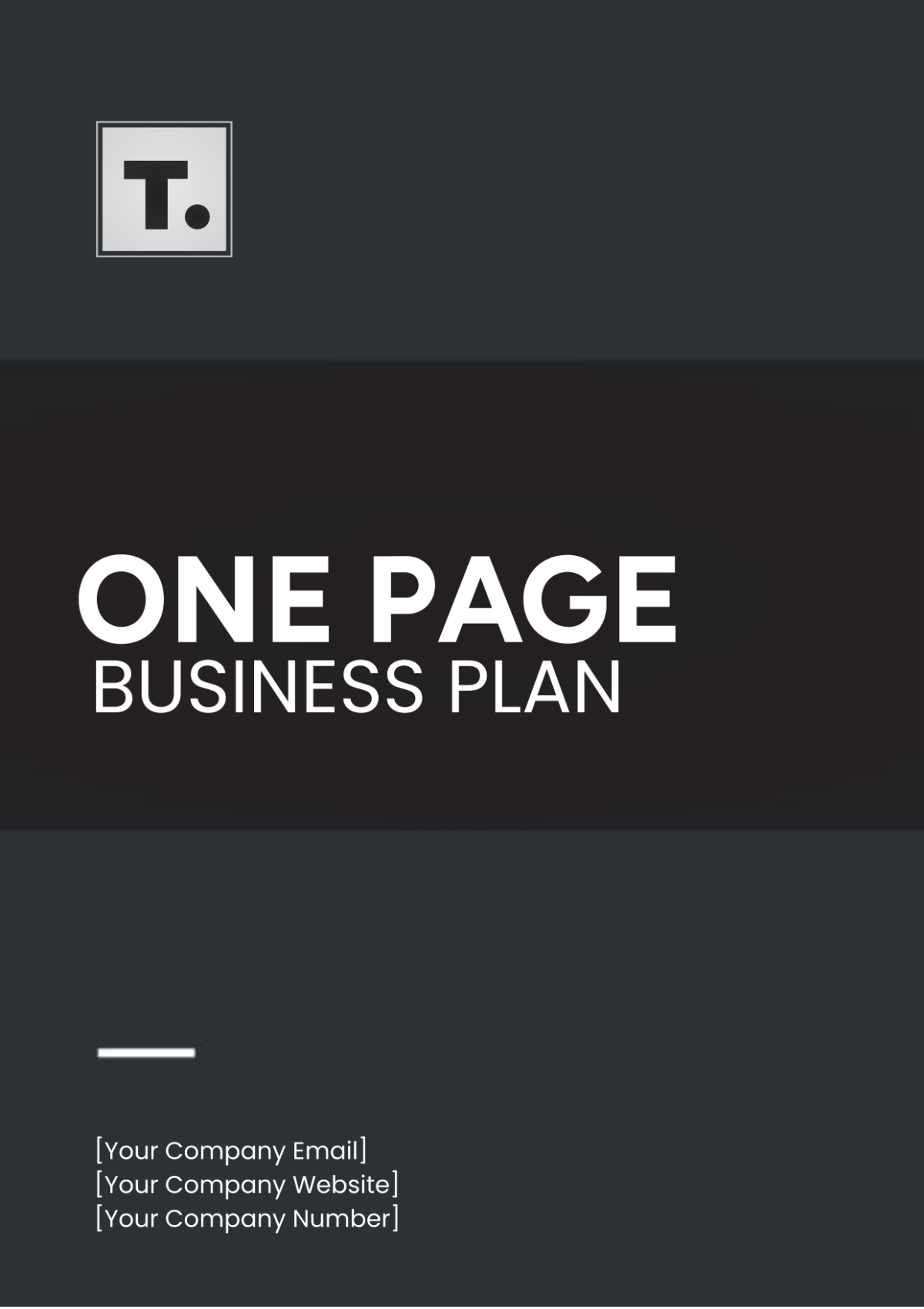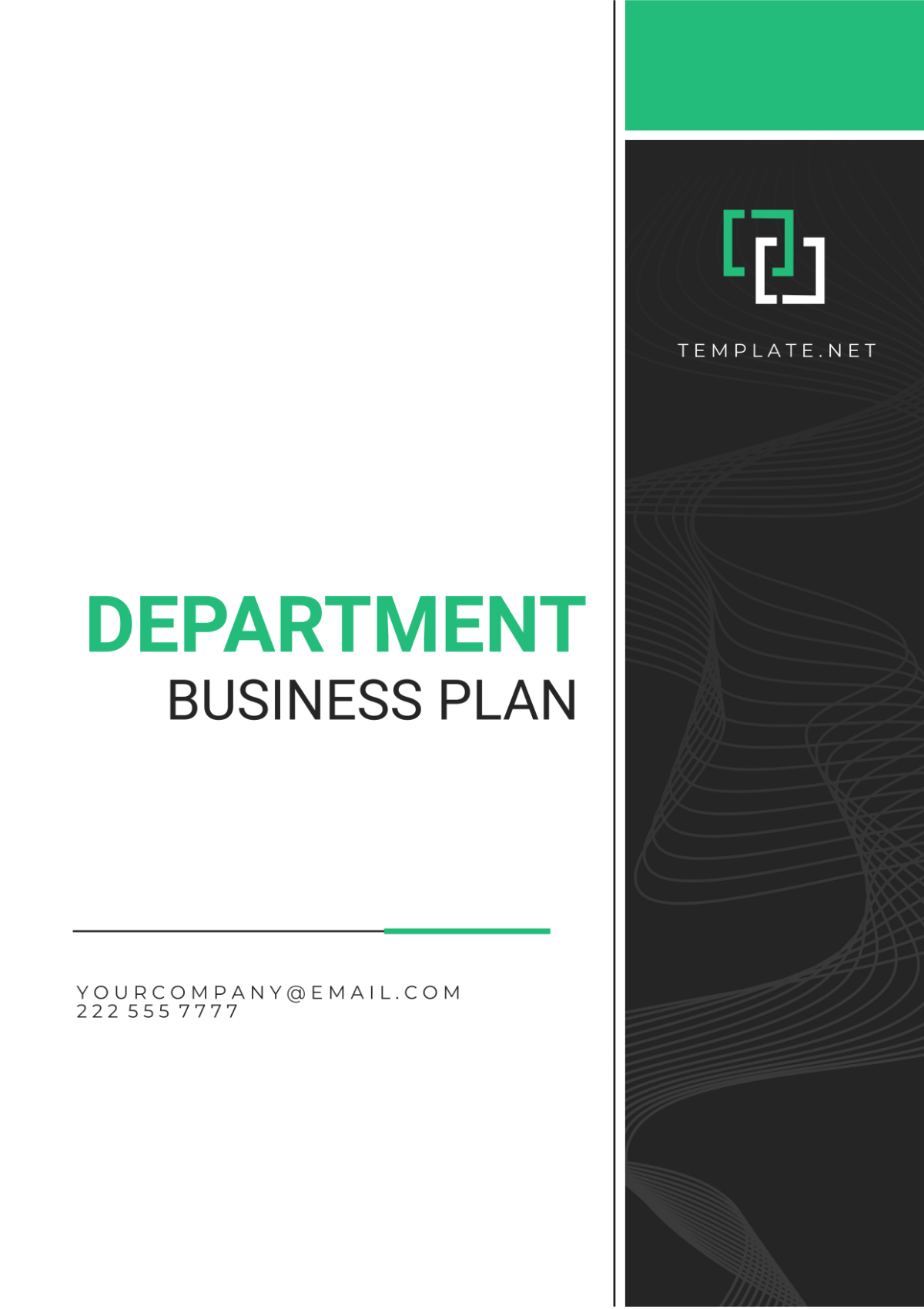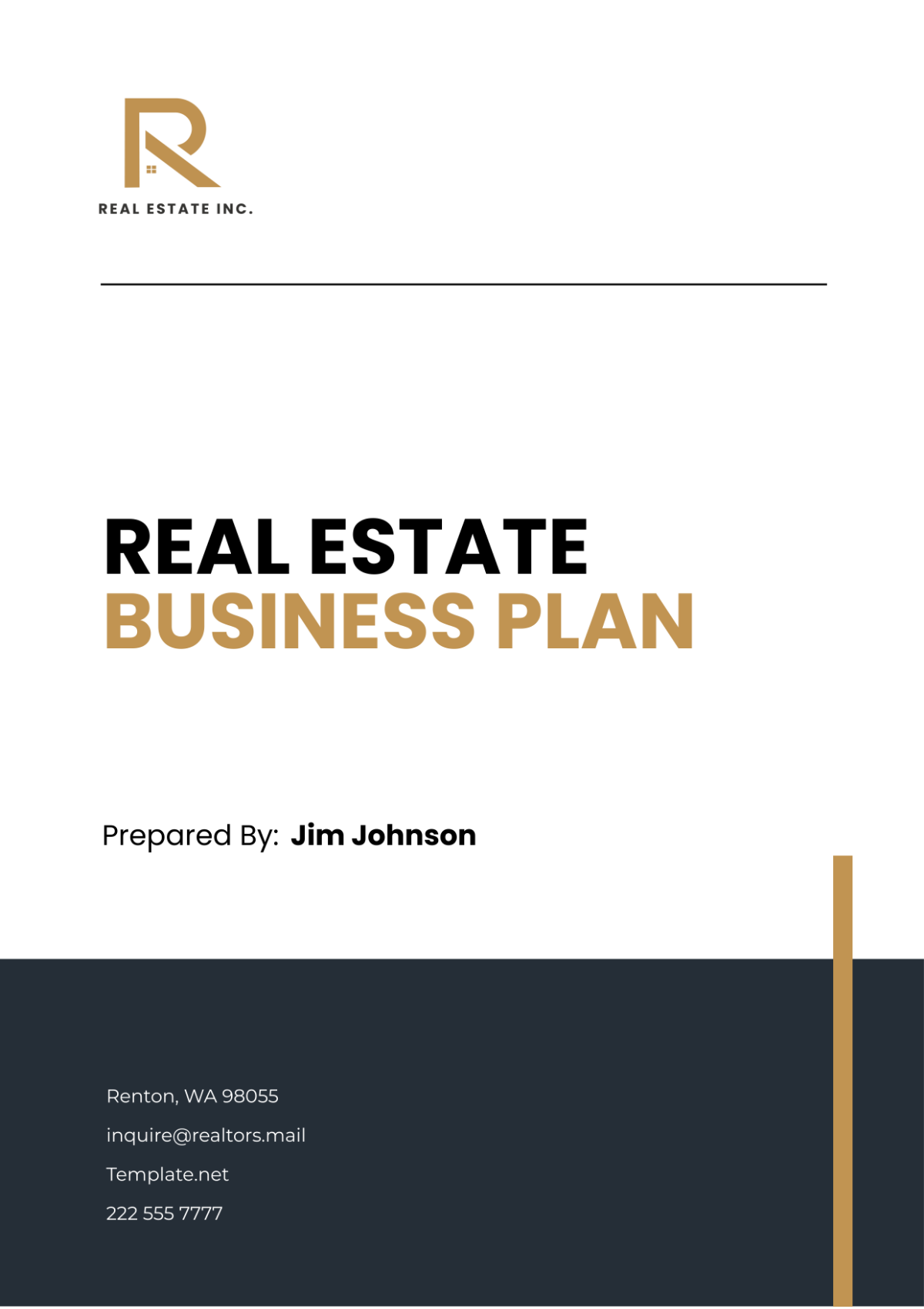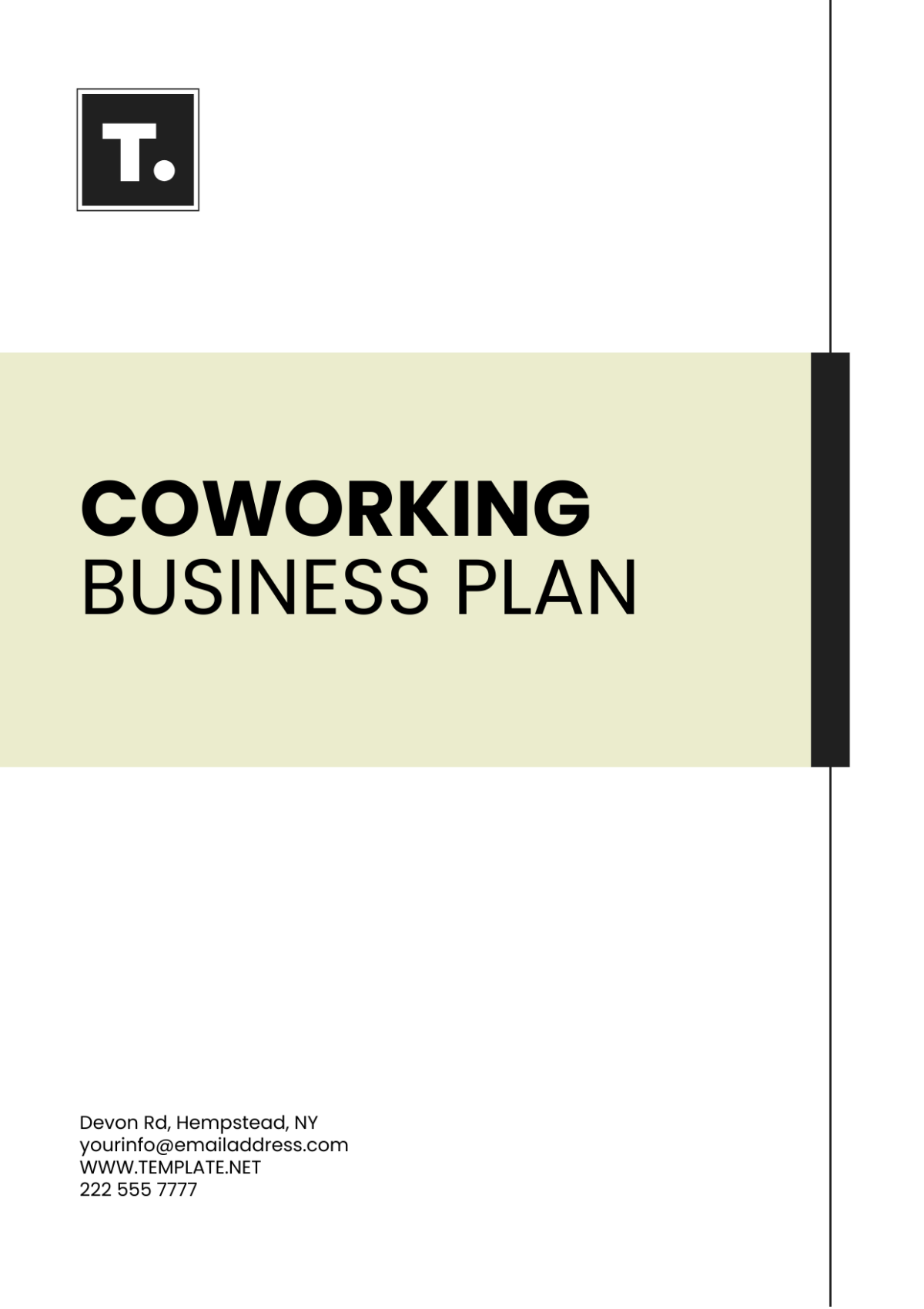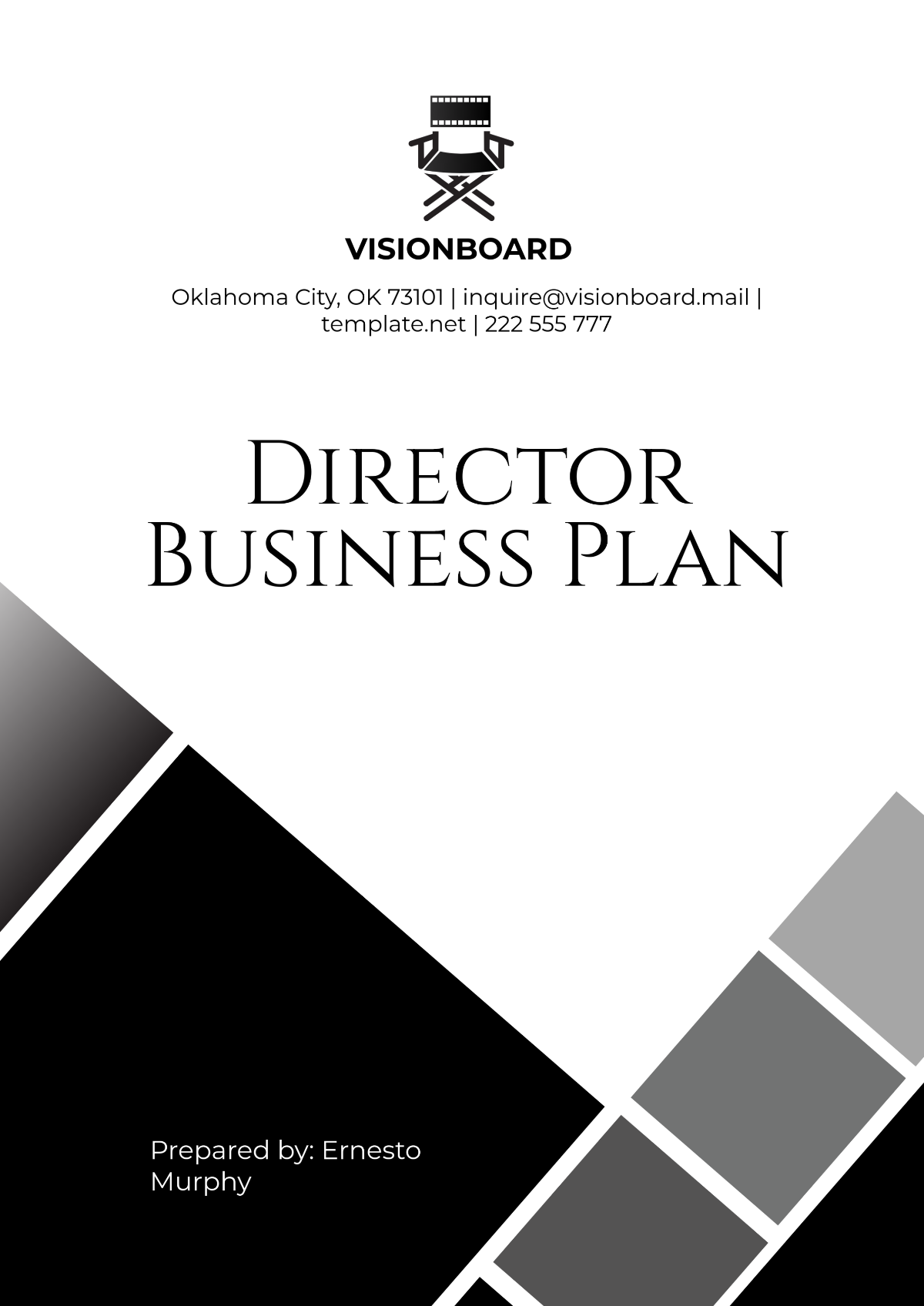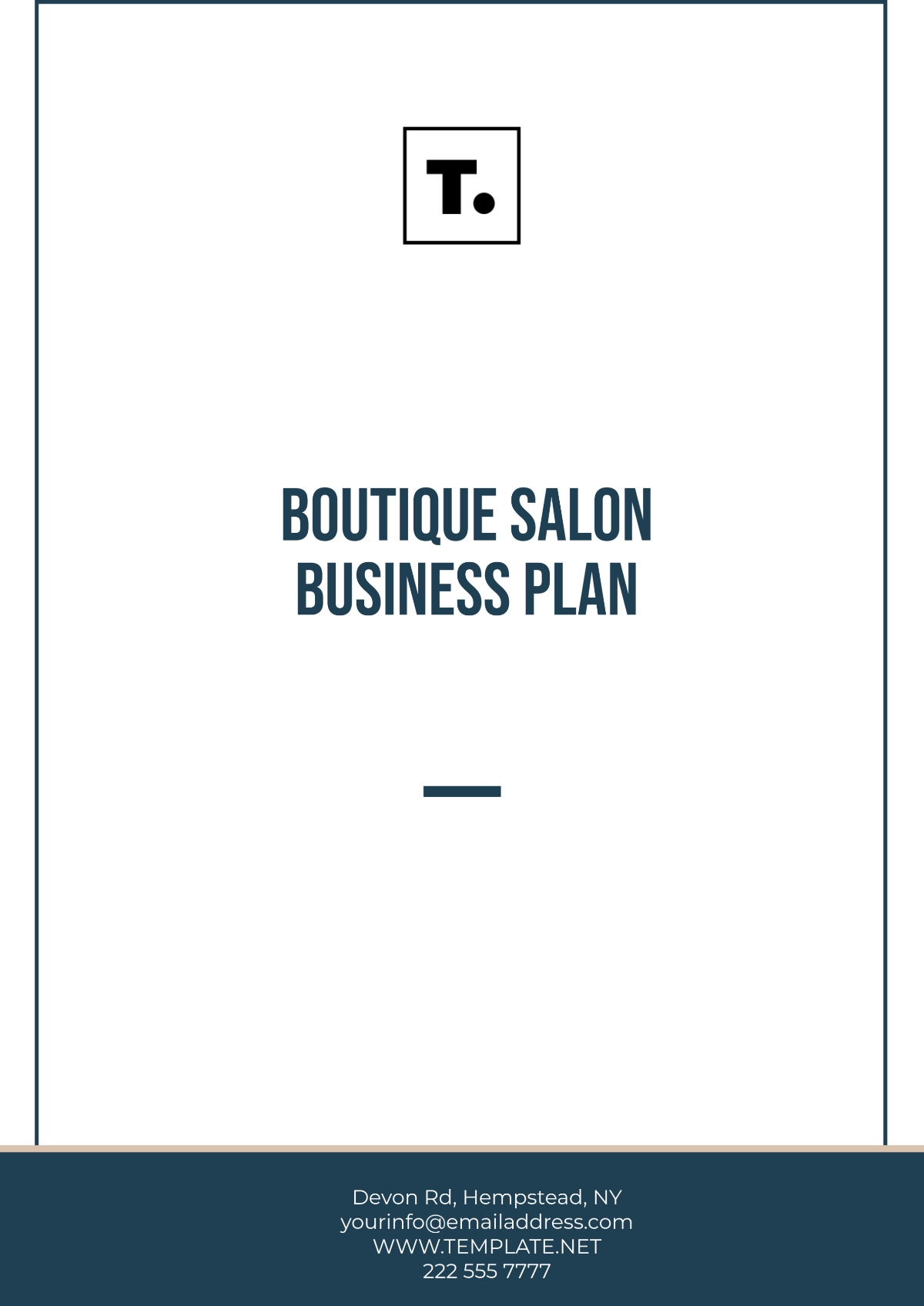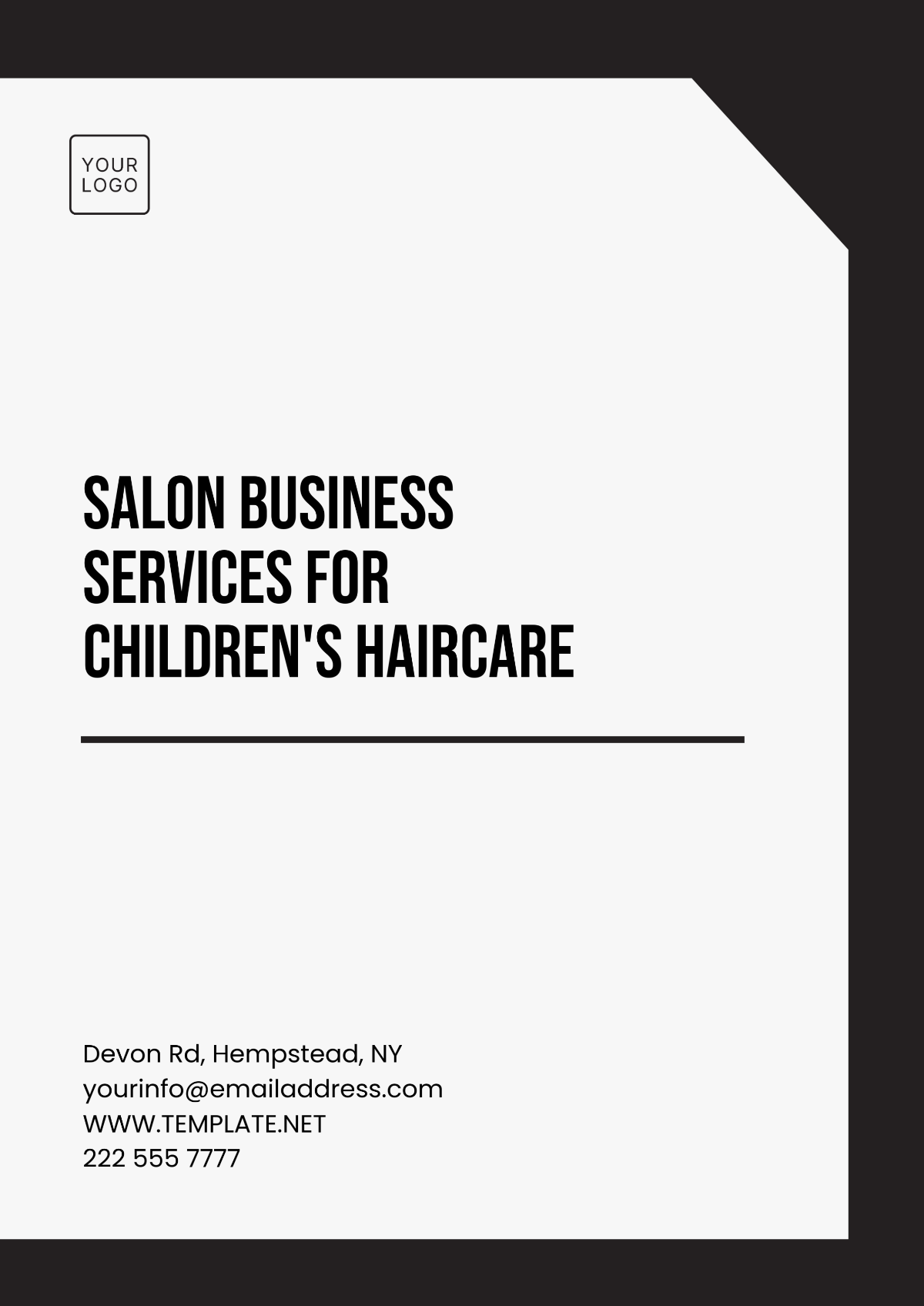Business Networking Plan
I. Executive Summary
In this section, provide a brief overview of your business networking plan. Summarize the key points, objectives, and strategies.

A. [Your Company Name] Overview
[Your Company Name] is a leading technology company specializing in software development and IT consulting services. We cater to clients across various industries, including finance, healthcare, and retail.
B. Objectives
Establish new business connections to expand our client base.
Strengthen existing relationships with key industry players.
Increase brand visibility and thought leadership within our target market.
C. Strategies
Attend industry conferences and trade shows to meet potential clients and partners.
Utilize LinkedIn and Twitter to engage with industry influencers and share valuable content.
Join professional networking groups such as the Chamber of Commerce and technology forums.
II. Business Networking Goals
Outline the specific goals you aim to achieve through networking efforts.
A. Short-Term Goals
Connect with 50 new contacts per month.
Secure 20 referrals from existing connections.
Attend 4 networking events quarterly.
B. Long-Term Goals
Expand professional network by 30% within the next three years.
Generate a 25% increase in business leads annually.
Establish strategic partnerships with 5 key industry players within five years.
III. Target Audience
Identify the key demographics and segments you want to engage with through networking.
A. Industry Segments
Financial Services
Healthcare
Retail and E-commerce
B. Decision-Makers
CEOs, CTOs, and CIOs of medium to large enterprises
IT Managers and Directors
Procurement Officers and Business Owners
IV. Networking Channels
Detail the platforms and avenues you will utilize to network effectively.
A. Offline Channels
Attend industry conferences and trade shows such as TechCon and FinTech Expo.
Participate in local Chamber of Commerce meetings and networking events.
Host client appreciation events and seminars.
B. Online Channels
Utilize LinkedIn to connect with industry professionals and share thought leadership content.
Engage with industry-specific Twitter chats and forums.
Join relevant online communities and groups on platforms like Reddit and Slack.

V. Action Plan
Provide a step-by-step plan outlining how you will execute your networking strategies.
A. Pre-Networking Preparation
Research attendees and speakers for upcoming events.
Prepare personalized elevator pitches and ensure business cards are up-to-date.
Set SMART networking goals for each event.
B. Networking Execution
Engage in meaningful conversations with prospects and industry influencers.
Exchange contact information and follow up with personalized emails within 48 hours.
Connect with new contacts on LinkedIn and engage with their content.
C. Post-Networking Follow-Up
Send personalized follow-up emails expressing gratitude and reiterating key discussion points.
Connect with new contacts on LinkedIn and engage with their content to stay top-of-mind.
Schedule follow-up meetings or calls to further discuss potential opportunities.
VI. Key Performance Indicators (KPIs)
Define the metrics you will use to measure the success of your networking efforts.
A. Quantitative KPIs
Number of new connections made
Referral conversion rate from networking efforts
Event attendance and engagement metrics
B. Qualitative KPIs
Quality of connections made (relevance to target audience and industry influence)
Level of engagement with target audience on social media platforms
Brand perception within the industry based on feedback and interactions
VII. Budget and Resources
Allocate resources and budget for your networking activities.
A. Budget Allocation
Event registration fees: $10,000 annually
Travel and accommodation expenses: $20,000 annually
Marketing collateral (business cards, brochures): $5,000 annually
B. Human Resources
Dedicated networking team members: 2 full-time employees
Outsourced networking consultants (if applicable): Budget allocation of $15,000 annually
VIII. Risks and Mitigation Strategies
Identify potential risks to your networking plan and outline mitigation strategies.
A. Risks
Low event turnout due to unforeseen circumstances such as pandemics or natural disasters.
Ineffective communication with contacts leads to missed opportunities.
Negative brand perception due to poor networking etiquette or communication.
B. Mitigation Strategies
Diversify networking channels to include both offline and online platforms.
Implement targeted communication strategies tailored to each networking opportunity.
Monitor industry trends and feedback proactively to address any negative perceptions promptly.
IX. Timeline
Provide a timeline for the execution of your networking plan.
A. Short-Term Timeline (Next 3-6 Months)
Month 1: Research and select networking events for the upcoming quarter.
Month 2: Prepare marketing collateral and update LinkedIn profiles.
Month 3: Attend the first networking event of the quarter and initiate connections.
B. Long-Term Timeline (Next 12 Months)
Quarter 1: Evaluate networking performance and adjust strategies based on feedback.
Quarter 2: Expand online networking efforts by engaging with industry influencers.
Quarter 3: Host client appreciation events to strengthen relationships with existing clients.
X. Conclusion
In conclusion, effective networking is essential for [Your Company Name] to achieve its growth and expansion goals. By strategically engaging with industry professionals both online and offline, we aim to not only increase our client base but also foster meaningful relationships that contribute to long-term success. With a dedicated team and clear objectives in place, we are confident in our ability to leverage networking opportunities to drive business growth and enhance our position within the market.
XI. Appendix
Include any additional resources, data, or supporting documents relevant to your networking plan.
List of upcoming industry conferences and trade shows
Sample elevator pitch templates
Networking event evaluation forms
Budget allocation breakdown
Contact information for key industry influencers
Feedback received from networking interactions


